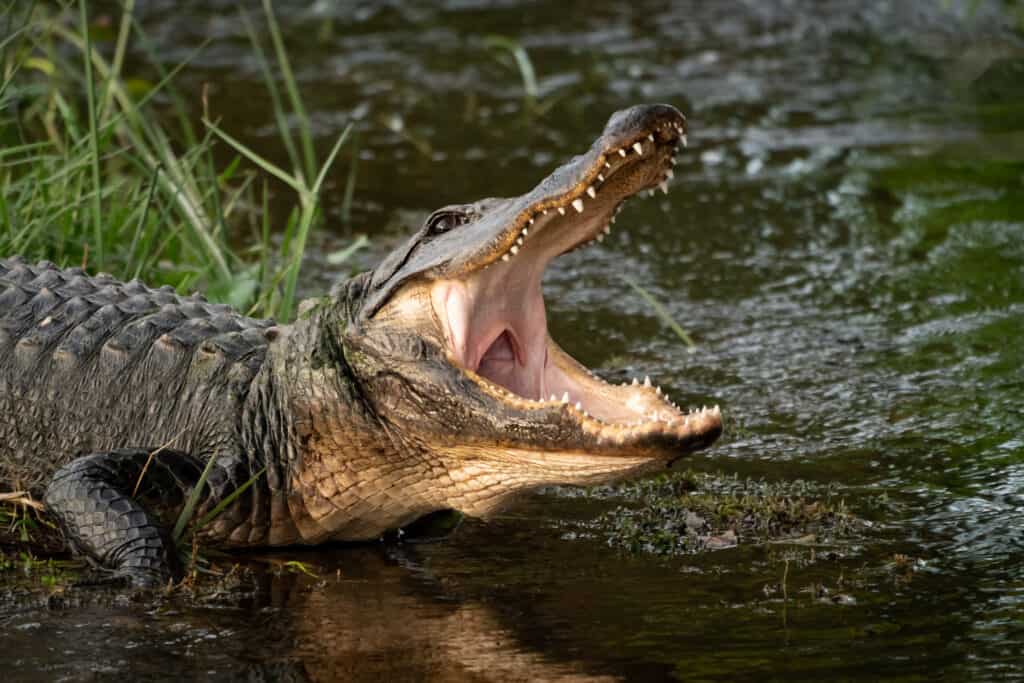Louisiana is a big state full of diversity. From the French Quarter in New Orleans to Creole cuisine, nature trails, charming towns, and scenic bayous, there is something for everyone in the state. Louisiana is located in the southeast of the United States, situated on the Gulf of Mexico. Its Creole and Cajun cultures come from a melting pot of influences including American, French, African, and French-Canadian.
Louisiana is famous for its largest city, New Orleans. New Orleans is known for the French Quarter, Mardi Gras Festival, jazz music, and Renaissance-style architecture. However, with a population of 4.6 million across the state, plenty is happening in other parts of the state as well.
The Gulf of Mexico brings hot and humid air to the area, creating warm summers. But what about the hottest place in Louisiana? Read on to find out just how hot Louisiana can get and what’s the hottest city overall in the state.
The Hottest Place in Louisiana

Water fountain at the Biedenharn Museum and Gardens in Monroe, Louisiana.
©danielsphoto/Shutterstock.com
When looking at the average maximum temperature for the year, Lockport ranks first with its average yearly temperature of 78.66. However, when you look at the highest average temperature during the warmest months, Monroe is the hottest place in Louisiana.
The highest average temperature in Monroe for July and August is a steamy 94 degrees Fahrenheit.
Overall, the hottest month in Louisiana is July, with an average high temperature of 87 degrees Fahrenheit.
The Hottest Temperature Ever Recorded in Louisiana (114° F!)
Monroe may be the hottest city on average, but it’s not where the hottest temperature was ever recorded. The small town of Plain Dealing, located in the Shreveport Metropolitan area, recorded a high of 114 degrees Fahrenheit on August 10, 1936, making it the hottest-ever temperature recorded in the state. Monroe’s hottest day isn’t too far behind the state record, with 107.1 degrees Fahrenheit on August 31, 2000.
Despite the summer heat, winters can get chilly in Monroe. For example, in January, the coldest month, the average low temperature is 36 degrees Fahrenheit with the average high at 57 degrees Fahrenheit.
The History of Monroe

The flag of Louisiana is a blue field featuring a
pelican
and its young in a nest above a ribbon emblazoned with the state motto “Union Justice Confidence.
©iStock.com/gladder
Louisiana is the only state in the nation that has parishes rather than counties. Monroe is located in the Ouachita Parish. Originally named Fort Miro, it sits on the Ouachita River, opposite West Monroe. Monroe and West Monroe are sometimes referred to as twin cities.
Monroe was founded in 1785 by a group of French pioneers. The parish is named after the Ouachita Navive Americans who originally inhabited the area. The present-day location of Monroe used to be a point of contact between Native Americans and fur traders. In 1819, the city was renamed Monroe from Fort Miro, in honor of President James Monroe.
Where is Monroe, Louisiana Located on a Map?
Monroe sits in the northeastern part of Louisiana close to the Mississippi state line, with Shreveport about 100 miles east and New Orleans 320 miles northwest. Monroe combined with West Monroe are collectively called the “Twin Cities,” each divided by the Ouachita River. Topographically, Monroe rests in the Mississippi Delta, surrounded by flat, fertile farmland.
Things to Do in Monroe

The Black Bayou Lake National Wildlife Refuge in Monroe, Louisiana, is home to a diverse amount of wildlife.
©Bonita R. Cheshier/Shutterstock.com
Today, Monroe is a bustling hub in northeast Louisiana with a population of just over 47,000. Along with its sister city, West Monroe, the area is full of attractions including museums, restaurants, and wildlife.
Tour the Biedenharn Museum and Gardens, the former home of Joseph Biedenharn, the first bottler of Coca-Cola. The tour showcases the beautiful garden and gives a history of Coca-Cola. Other attractions include the Louisiana Purchase Gardens and Zoo, the Northeast Louisiana Children’s Museum, the Chennault Aviation and Military Museum, and the Black Bayou Lake National Wildlife Refuge.
Ecology and Wildlife

American alligators are commonly found in waterways in Louisiana.
©Deborah Ferrin/Shutterstock.com
The Black Bayou Lake National Wildlife Refuge is a 5,300-acre area providing habitat for endangered wildlife, waterfowl, neotropical migrants, and native species. Visitors can birdwatch, paddle on the lake, hike, fish, and hunt. The cypress swamp lets visitors view a typical Louisiana swamp full of bald cypress trees and the animals that live in them, such as water snakes, turtles, and frogs.
Some of the animals found in the refuge include:
Aside from the refuge, the ecology of northeastern Louisiana is mainly woodlands, containing animals such as deer, rabbits, skunks, bobcats, black bears, and opossums. Alligators are commonly found in lakes, swamps, and creeks.
The photo featured at the top of this post is © lazyllama/Shutterstock.com
Thank you for reading! Have some feedback for us? Contact the AZ Animals editorial team.






